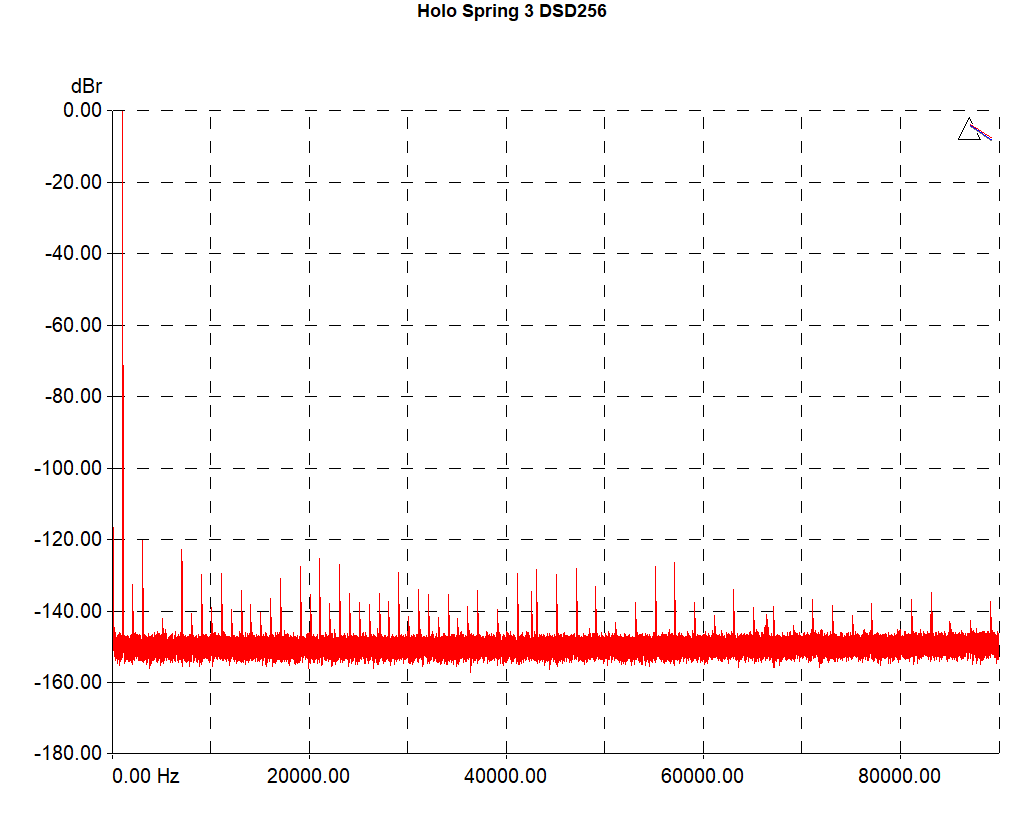taipan254
100+ Head-Fier
Here you go!
I also included a 512 plot so it can be compared a bit more easily

This is so weird to me. Based on this chart, for DSD 256 upsampling, it makes more sense to use the 512+fs modulator (designed for 512 and above). Why would Jussi not recommend using the 512+fs variant for DSD 256?




























